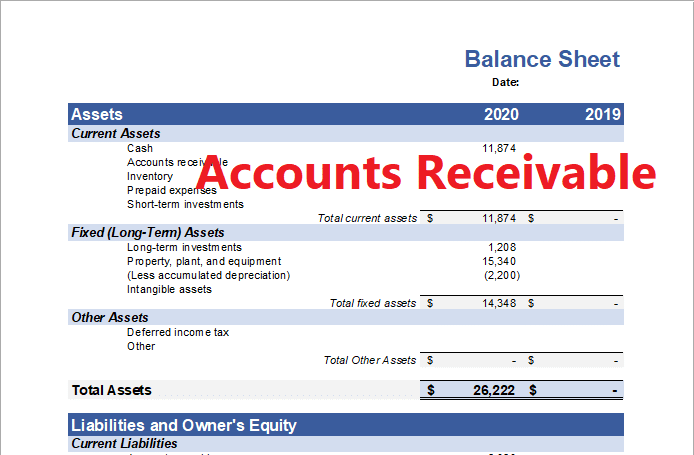Adjusted Trial Balance Meaning
An adjusted trial balance is a document that summarises all current Accounts balance accessible in general ledger accounting. After correcting entries have been completed, the adjusted trial balance is created to reflect revised balances.
The sixth stage in the accounting cycle is to prepare an adjusted trial balance. An adjusted trial balance is created by making a sequence of journal entries meant to account for any uncompleted transactions. Payroll expenditures, prepaid expenses, and depreciation expenses are examples of these things.
The following are the steps for preparing an adjusted trial balance:
- Run a trial balance without any adjustments. Before adding any adjusting entries, this offers an initial overview of your general ledger accounts.
- Make any necessary adjustment entries. Adjustments for prepayments, interest and depreciation expenditure, and salary accruals are examples of adjusting entries.
- Run the trial balance after it has been modified. By comparing the initial trial balance totals to the modified one, you can confirm that the entries have been posted appropriately.
Difference Between A Trial Balance And An Adjusted Trial Balance
- A trial balance is prepared initially, followed by an adjusted trial balance. Trial balance eliminates accumulated expenditure, accrued income, prepayment, and depreciation, whereas adjusted trial balance includes these components.
- A trial balance is a list of the ledger account closing balances at a specific point in time. On the other hand, Adjusted balance is a list of general accounts and their balances when the adjustment entries have been posted.
What Are The Types Of Adjustment?
The five different sorts of adjusting entries:
- Revenues have been earned. When revenue is generated in one accounting period but not recognized until a subsequent period, accumulated revenue adjustment is required.
- Expenses incurred.
- Revenues that have been deferred.
- Expenses that have been prepaid.
- Depreciation costs.






